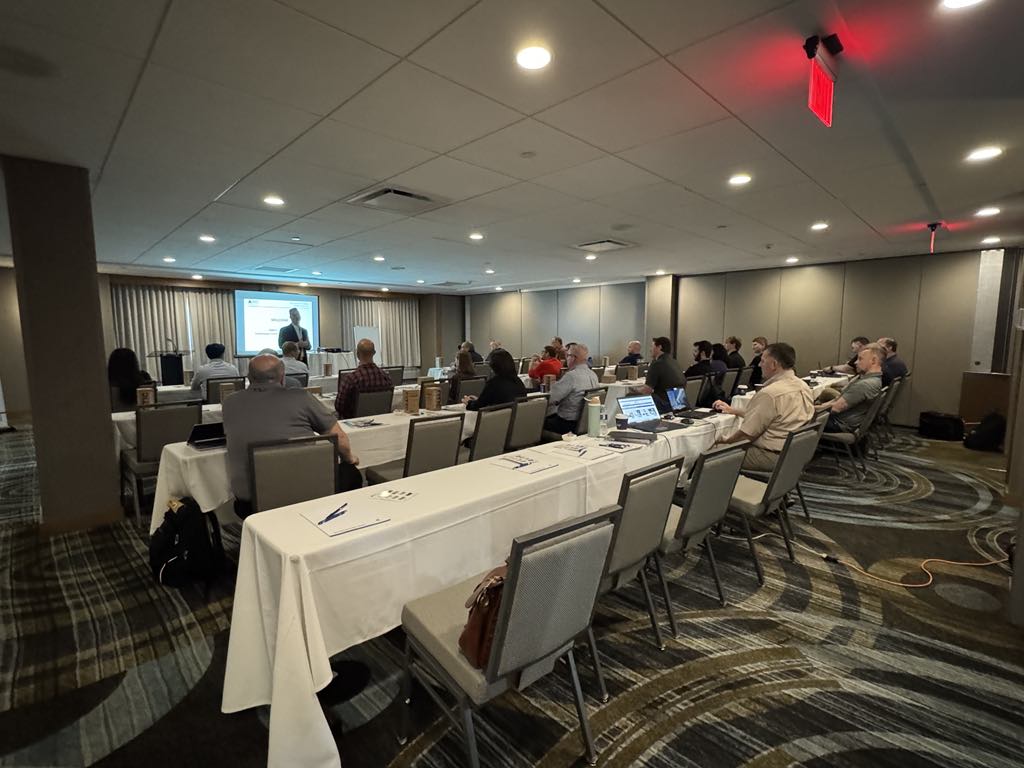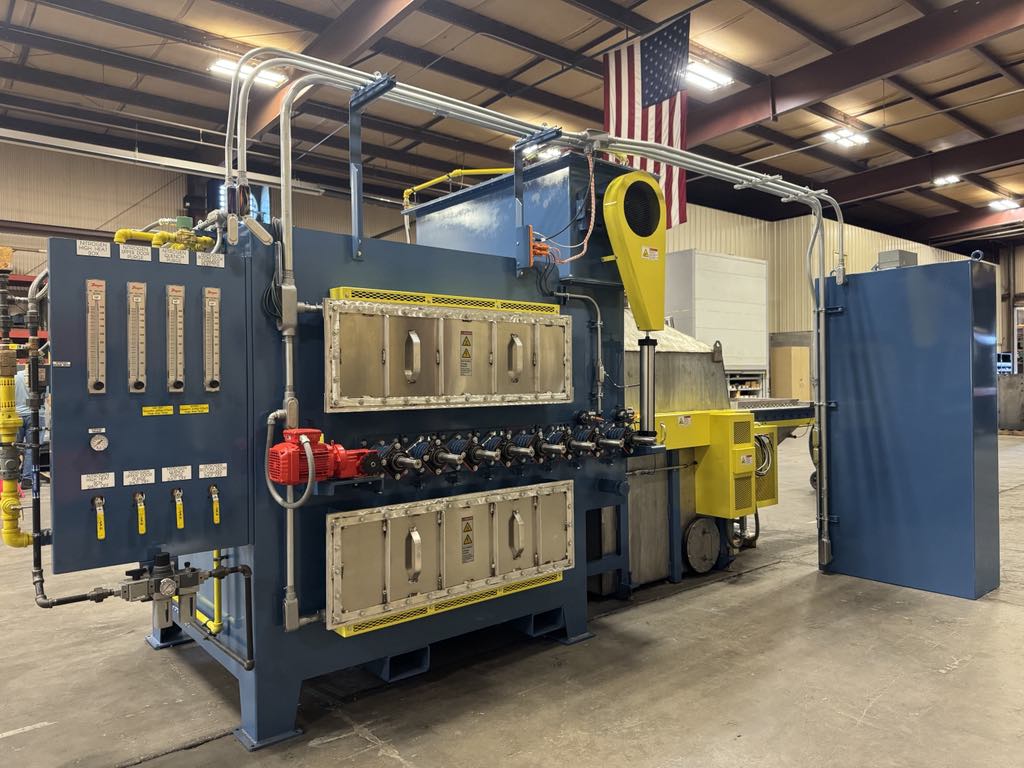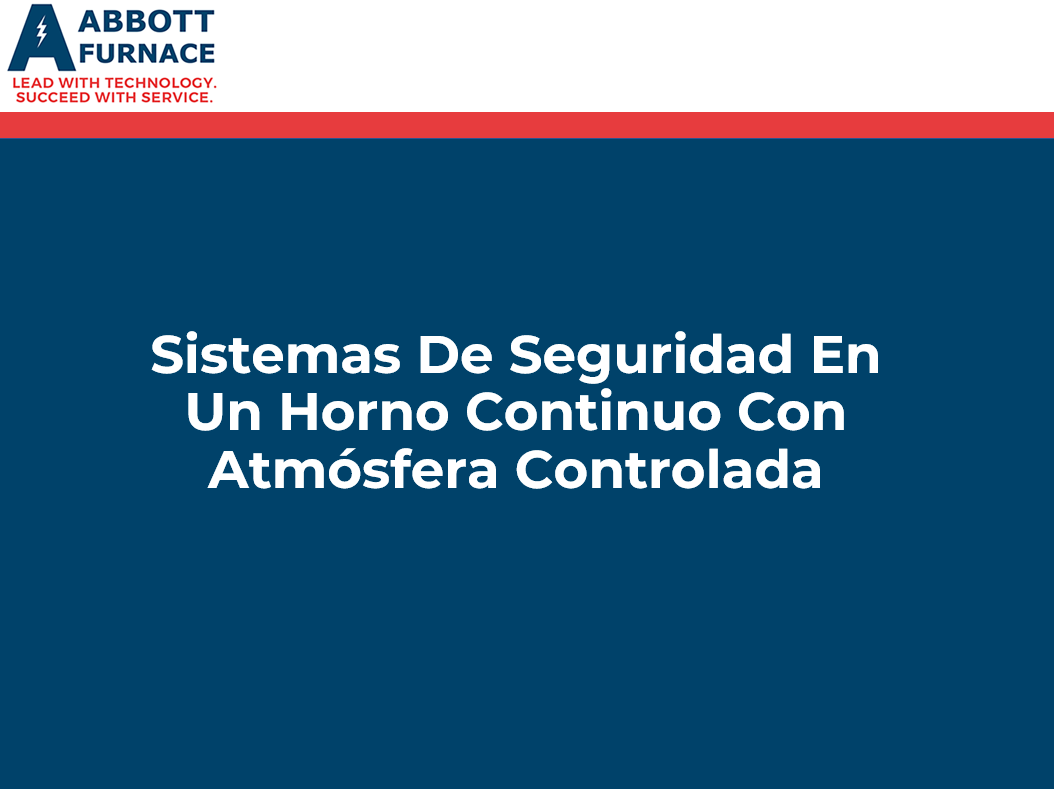INTRODUCTION
In the realm of material science, the quest for superior and cost-effective alloys with enhanced mechanical properties is a never-ending pursuit. Sinter hardening, an innovative heat treatment technique, has emerged as a promising solution to achieve high strength and improved wear resistance in lean alloys.
Understanding Sinter Hardening
Sinter hardening is a heat treatment process specifically designed for powder metallurgy (PM) components. It involves the controlled heating and cooling of sintered parts in a carefully controlled atmosphere. The process primarily aims to enhance the mechanical properties of the material while minimizing dimensional changes and distortion.
Advantages of Sinter Hardening Lean Alloys
ENHANCED MECHANICAL PROPERTIES: Sinter hardening imparts exceptional mechanical properties to lean alloys. The rapid cooling from the austenitizing temperature results in the formation of a martensitic structure, which exhibits high hardness and strength. This process allows lean alloys to achieve comparable or superior mechanical properties to conventionally heat-treated steels.
COST EFFICIENCY: Lean alloys are known for their reduced alloying element content, making them cost-effective alternatives to traditional high-alloy steels. Sinter hardening further enhances their mechanical properties, offering an economical solution for applications requiring high strength and wear resistance.









